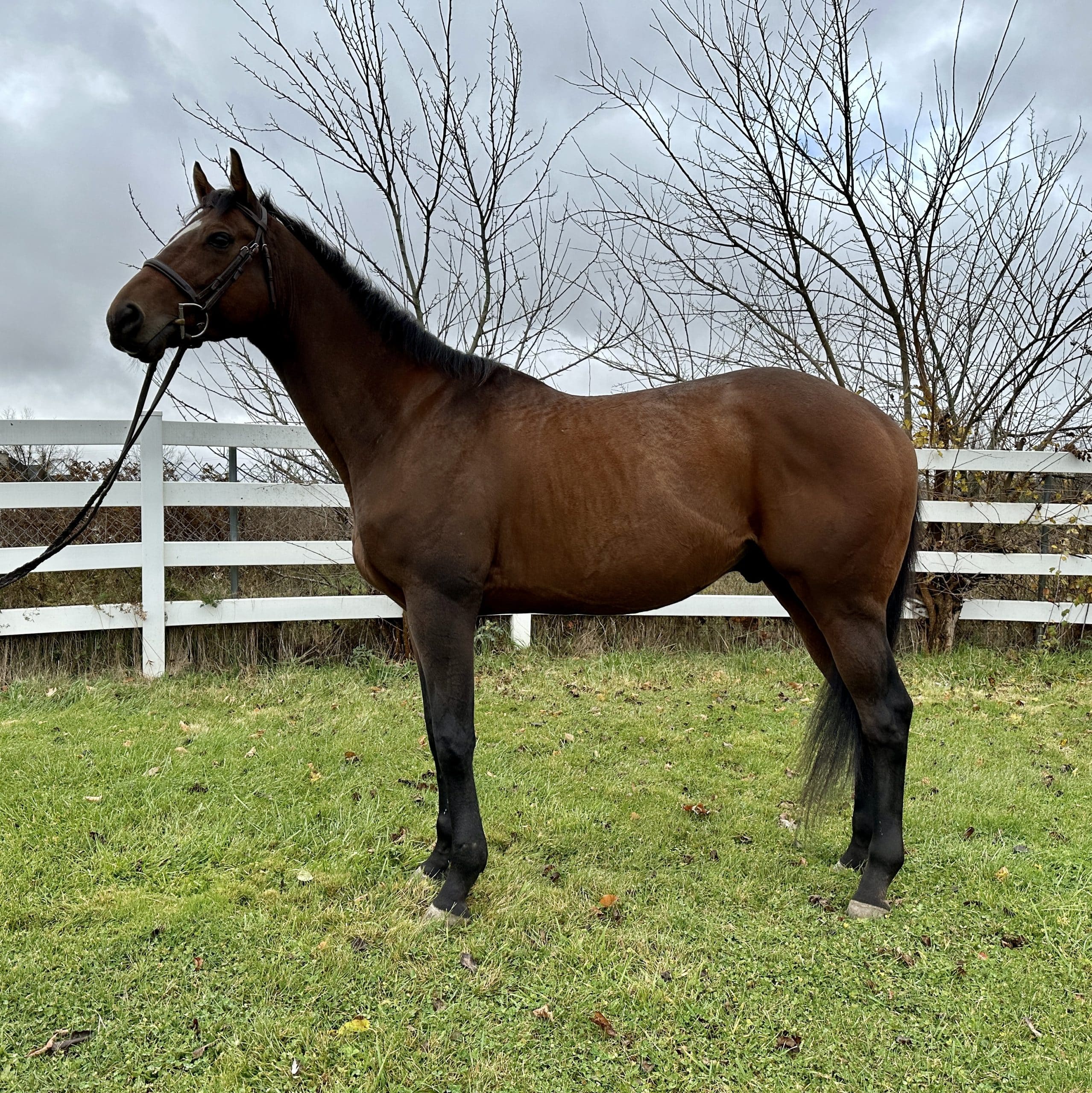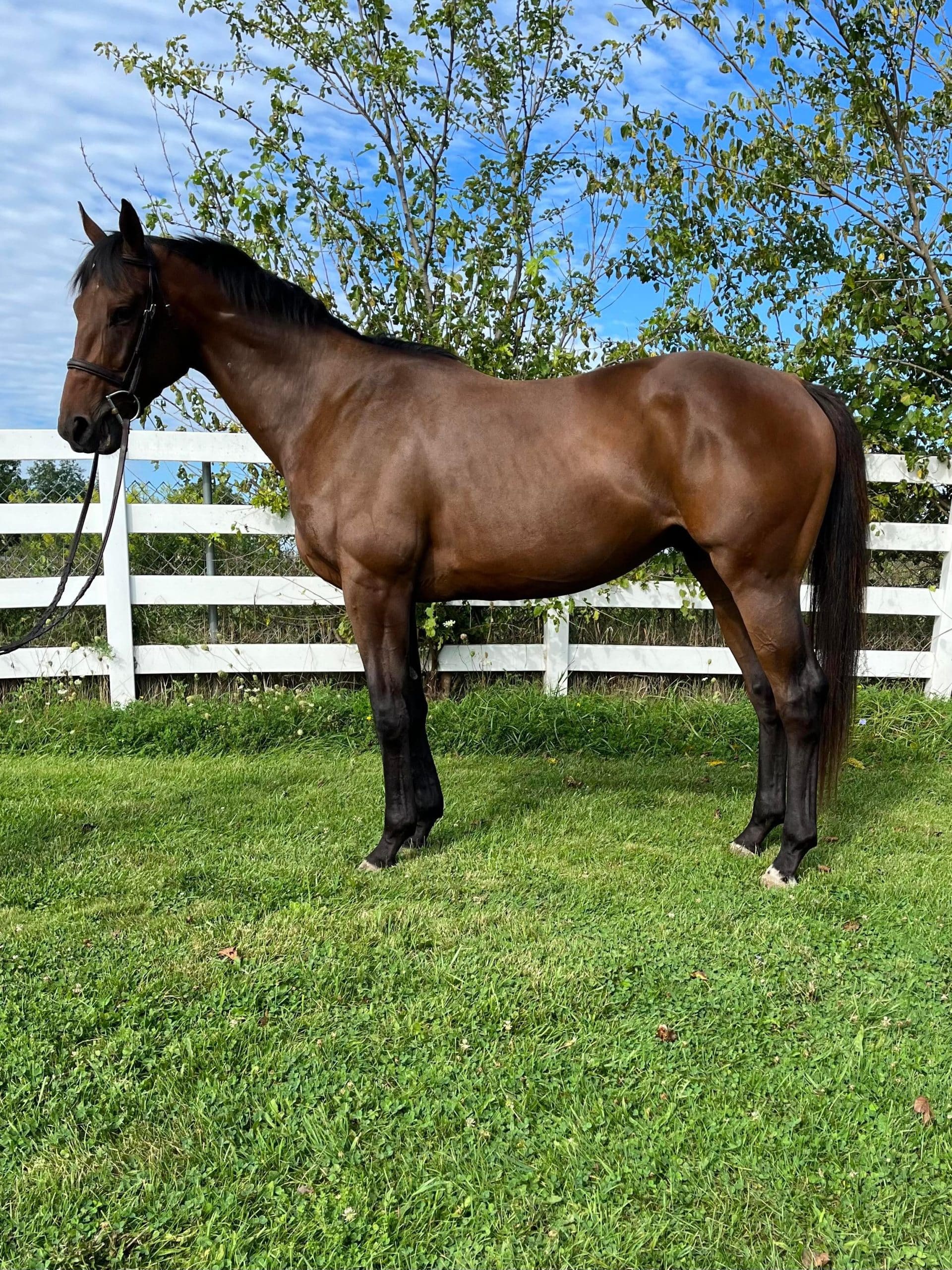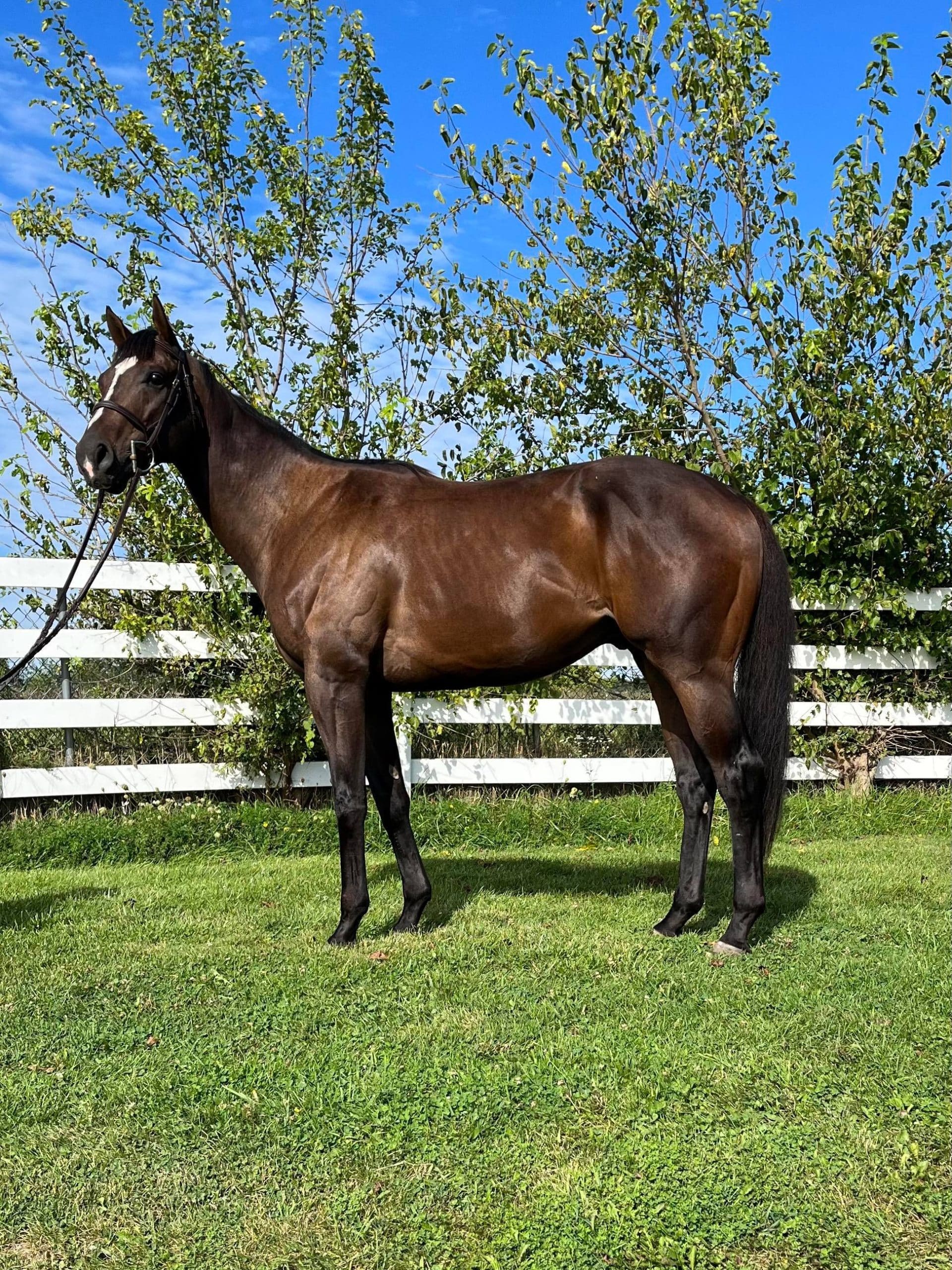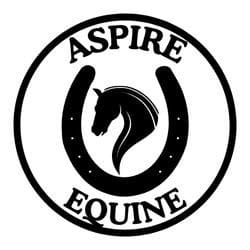Social media has enabled potential OTTB owners to review a large number of retiring Thoroughbred racehorse listings at any time. Newcomers to the breed might find it challenging to consider a prospect right off the track and decide if it’s a match for their desired purpose.
In this column veteran Thoroughbred Makeover trainers share their thoughts about assessing and selecting prospects based only on conformation photos. We feature trainers from two disciplines in each issue.
Our Trainers
■ Alice Beckman
2022 Thoroughbred Makeover Ranch Work winner with Dont Ask Kinmon
With a background in eventing and dressage as well as a career as a professional jockey, Beckman has had horses in her life since a young age. She was involved in Pony Club through high school and college and after graduation got involved in the Thoroughbred industry in Central Kentucky. Her training program specializes in producing amateur-friendly all-around horses, primarily OTTBs.
■ Chris Bennings
2022 Thoroughbred Makeover Show Jumper winner with Prince of New York
Bennings has been a professional horseman for 20 years, first training in South Florida in the hunter/jumper industry. In 2019 Bennings and his wife, Celia, moved to Paris, Kentucky, where he now trains out of their Morning Line Equestrian and Cobra Fields. Bennings’ professional career has always included the retraining and rehoming of off-track Thoroughbreds, and he and Celia are veteran Thoroughbred Makeover trainers, having competed in the event for several years.
Choosing a Horse
Both Alice Beckman and Chris Bennings have a professional interest in retraining and rehoming OTTBs, and their experience and specific programs inform their decision-making when it comes to analyzing prospects.
“I’m fortunate to be hands-on at several tracks in my area, so I typically source prospects through my connections at those tracks,” says Beckman. “The majority of horses I purchase directly off the track are ones I have personally interacted with in the barn, galloped on the track or ridden in races.”
Bennings also relies on a personal network, having established relationships with trainers and farms over his years of experience. “We typically find some of our horses on OTTB Facebook pages, as well,” he says.
Because Beckman primarily produces amateur-friendly horses, her main concern when looking for prospects is a good brain. “I can make sacrifices on age or size in favor of a spectacular temperament,” she says. “I almost always rule out any horse that has a reputation for being difficult to train or hard to handle in the barn.” For resale, she does like to find horses over 16 hands tall, under 8 years old and with no vices or history of major injury.
Bennings isn’t as concerned with a horse’s personality: “I try not to look too hard at temperament immediately, as I’ve found you don’t really get a good idea of that until the horse has been ‘let down’ and away from the track and training for a while. Good groceries and turnout can turn a dragon into a puppy pretty quickly.”
Bennings puts heavy emphasis on movement when he’s looking at prospects. “I find it much easier to teach a horse to jump when they are naturally light on their feet, as opposed to a more earthbound type,” he says. “If I was looking for a trail type horse, I would lean the other way, as I would much prefer to walk through the woods than leap through the air!”
He’s not as picky on conformation: “I tend to judge the overall appearance rather than pick conformation apart — I’ve had several horses with major conformational flaws, but when put together they create a very sound and athletic type.”
Beckman isn’t terribly choosy about conformation either, though a few basics always inform her decision: “I really like a horse that is able to do a little bit of everything, from trail riding to cattle work to jumping around 3 foot, so I’m looking for a horse that is balanced with correct angles and substantial bone. I want a horse with comfortable gaits and the potential to stay sound for a long time.”
Meet the Prospects
Our model horses come from CANTER Michigan, based in the southeastern part of the state. A chapter of CANTER USA, the 501(c)(3) nonprofit relies on accredited privately owned equine facilities to board, rehabilitate and start the retraining process for Thoroughbreds retiring from racing. While Michigan no longer has any Thoroughbred racetracks, CANTER MI works with the Ohio and Kentucky CANTER chapters and directly with racing connections based in Indiana, Kentucky, Ohio, and West Virginia to transfer ownership and begin the transition to a second career.
CANTER MI celebrates its 25th anniversary this year and has transitioned more than a thousand horses to new homes and careers. The organization credits its surgery program as one of its biggest strengths, having partnered with the Michigan State University College of Veterinary Medicine to provide surgeries to injured horses while offering advanced education opportunities for students. Horses at CANTER MI facilities undergo evaluation, let-down time and retraining and are listed for adoption when deemed ready. Interested adopters can apply online, and CANTER MI continues to follow up on horses for at least two years after adoption.
While these three horses might no longer be available for adoption when this issue hits your mailbox, CANTER MI has plenty of prospects looking for their next partners.

Magicalmeister (Bodemeister — Invitation, Vindication)

Setstone (Mastery — Native One, Indian Charlie)

Stay Restless (Empire Maker —Saltendipity, Salt Lake)
Beckman’s Picks
Horse 1: This is my first choice because I find him to have nice overall balance, which will make him suitable for many disciplines, and I think he would have the most eye-catching way of going under saddle. I like the way his neck ties into his shoulder, and I think he will have a very natural round shape under saddle as he develops muscle and topline. He is hefty with a long shoulder that matches his hip well, and he should have an elegant way of going, which I find attractive. I would like to see a shorter pastern on him. From this picture it looks like he has some rounding in the front fetlocks, which doesn’t typically bother me but could be something to note about the possibility of future maintenance needs. I think this horse is going to be really fun to look at when he’s filled out.
Horse 2: This horse is a more compact type than the first. I like his nice short back from the base of his wither to his croup. Although the photo catches him in a moment of playing with the bit, I think he has a very cute head and clean throatlatch. His shoulder is a little upright, and he is a little straight through the back leg, which likely means he’ll have a less flowing stride than the first horse — but I expect he would be a sporty little mover and suitable to do a variety of things. I could see him having potential for a very cute front end over fences. In this photo he appears to have some thickening in the right front tendon, but his fetlocks appear very clean, and I like his short pasterns.
Horse 3: At first glance this horse is not quite as balanced as Horse 2, but there are a few things I quite like about him. I like the angle of his hind leg the best of the three; he has a strong hip, and I could see him learning to step underneath himself very well. He also has a good angle to his shoulder. This is a good example of how light and camera angle can be misleading at first glance — the light draws your eye to his shoulder, which can make him look a little weak in the front end but, if you picture the line from the base of his wither to the point of his shoulder, he has a lot of symmetry with his back end. He’s fairly upright in his front leg with a long cannon bone, which is not ideal in my experience for long-term soundness, but overall he has very clean legs. I like his soft expression, and I will admit I’m a sucker for a snip!
Bennings’ Picks
Horse 3: My initial preference for this horse begins with the overall look. At first glance I immediately think athletic. I like the long neck and legs paired with a nice shoulder, powerful hip and short back. I imagine with more muscle and a trained topline, this horse will present a very elegant picture. His refined head and beautiful eyes make me think this guy knows he’s good looking and has a personality to match. My critique of this horse is that he appears to be a little long in the pasterns, which might require a little extra attention from the farrier keeping his toes backed up to prevent soft tissue injuries in the future. That said, in my experience horses with longer pasterns tend to move really well and are extremely light on their feet, so I would have no problem putting this horse in my program.
Horse 1: My second choice also has a nice long neck, good shoulder, short back and good hind end. I think this horse would travel uphill easily and excel in any discipline. He appears to be slightly cow-hocked, which could hinder some of his potential power from behind but shouldn’t affect his soundness or ability to do any job. I imagine this horse will make quite the picture after a few months of training.
Horse 2: My third choice ended up at the bottom simply because he’s not my type. Apart from appearing over at the knee on the right front leg, this horse looks strong and sturdy but a bit upright in the front end and lacking depth in the hip. If I wanted to ride through the mountains, this would be my pick. The short neck and back paired with those sturdy legs makes me think balance and collected work would be incredibly easy. I love his expression, as he gives the indication he would do anything for a bag of treats, and I can appreciate that.

